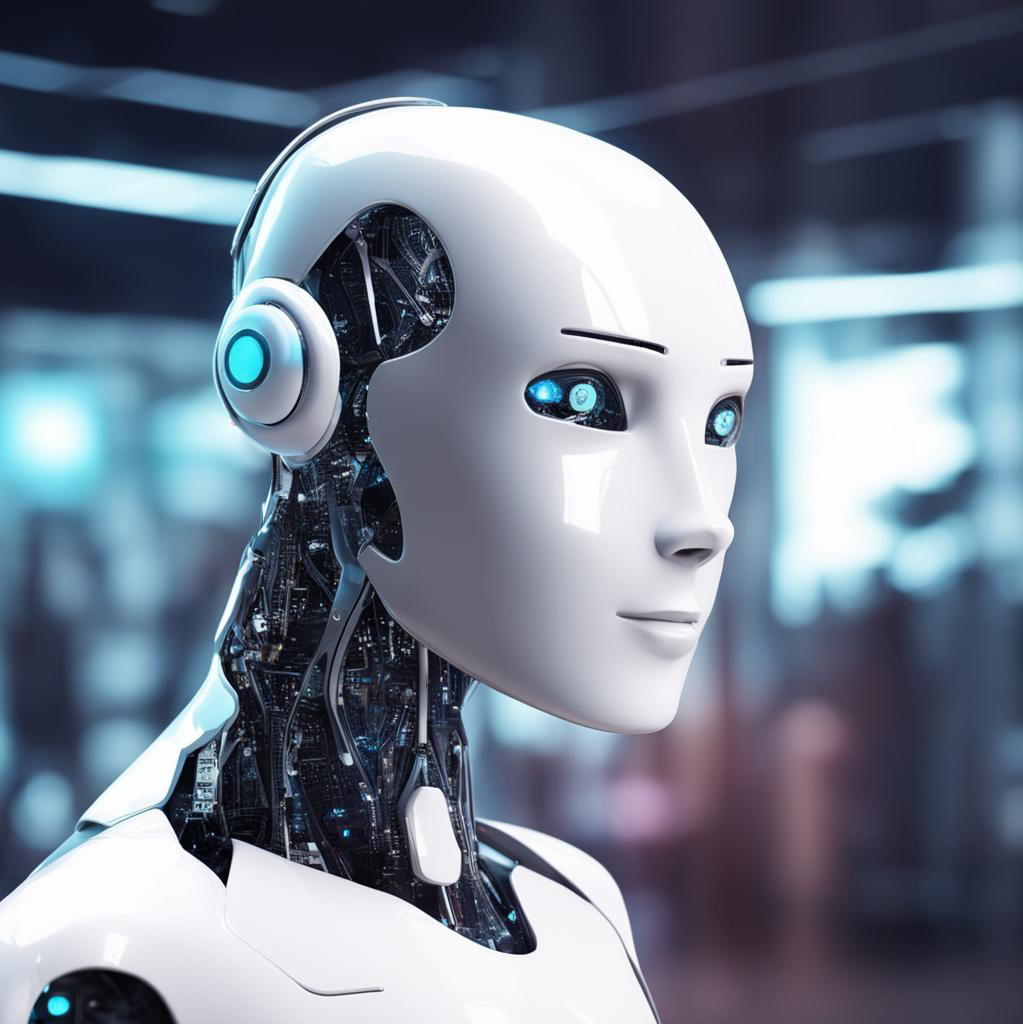Step into the future of digital advertising creativity with ChatGPT. Imagine a tool that can effortlessly churn out engaging ad content, captivating visuals, and compelling copy—all at the speed of conversation. In this blog post, we’ll explore how ChatGPT is revolutionizing the way brands conceptualize and execute their marketing campaigns. Get ready to discover how this AI-powered platform is reshaping the landscape of digital advertising as we know it!
Advantages of Using ChatGPT for Digital Advertising
ChatGPT offers a revolutionary approach to generating advertising creatives in the digital landscape. One of its key advantages is the ability to quickly produce a wide range of creative content tailored to specific audiences. This dynamic tool provides marketers with fresh and innovative ideas at their fingertips, saving time and resources typically spent on brainstorming sessions.
ChatGPT can adapt its language style and tone to match different brand personalities seamlessly. This feature ensures that ad copies resonate with target consumers effectively, leading to higher engagement rates. Additionally, the platform’s versatility allows for easy scalability across various advertising channels, from social media campaigns to email marketing strategies.
By leveraging ChatGPT for digital advertising, businesses can stay ahead of competitors by continuously experimenting with new messaging and visuals that capture audience attention. The result? Enhanced brand visibility and increased conversion rates through compelling ad creatives that speak directly to consumer needs and desires.
Case Studies of Successful Campaigns Using ChatGPT
Imagine a world where digital advertising campaigns come to life with the help of ChatGPT. Picture a scenario where businesses see a significant increase in engagement and conversions thanks to the creativity and precision of AI-generated content.
In one case study, a leading e-commerce brand utilized ChatGPT to generate personalized product recommendations for their customers. The result? A 30% boost in click-through rates and a 20% rise in sales within just one month.
Another success story involves a travel agency that used ChatGPT to craft compelling ad copy tailored to different target demographics. The outcome was impressive – an unprecedented 40% growth in bookings and an expansion into new markets.
These examples demonstrate the power of ChatGPT in revolutionizing digital advertising strategies. By leveraging AI technology, businesses can unlock endless possibilities for creating impactful campaigns that resonate with their audience like never before.
Potential Challenges and Limitations of ChatGPT in Digital Advertising
While ChatGPT offers impressive capabilities in generating advertising creatives, there are potential challenges and limitations to consider when using this technology in digital advertising.
One key challenge is ensuring the generated content aligns perfectly with the brand’s tone and messaging. ChatGPT may sometimes produce off-brand or inconsistent creatives that could harm a company’s reputation if not carefully reviewed.
Another limitation is the lack of emotional intelligence in AI-generated content. While ChatGPT can create compelling copy, it may struggle to convey nuanced emotions or understand the subtleties of human interaction, which are crucial in effective advertising.
There’s a risk of over-reliance on AI for creativity, potentially leading to a lack of human touch and authenticity in campaigns. Balancing automation with human ingenuity remains an ongoing challenge for brands leveraging ChatGPT for their advertising efforts.
Comparison with Traditional Methods of Creating Advertising Creatives
When comparing ChatGPT with traditional methods of creating advertising creatives, the differences are striking. Gone are the days of lengthy brainstorming sessions and back-and-forth communication with designers. With ChatGPT, generating creative ideas is as simple as inputting a few keywords and letting the AI do its magic.
Traditional methods often involve time-consuming processes like concept development, revisions, and approvals. In contrast, ChatGPT streamlines the creative process by providing instant suggestions that can be fine-tuned in real-time. This efficiency not only saves time but also allows for quicker iterations and testing of multiple concepts simultaneously.
Traditional methods rely heavily on human creativity and expertise, which can sometimes lead to subjective biases or limited perspectives. ChatGPT offers a fresh approach by leveraging data-driven insights and diverse language models to generate innovative ideas that resonate with target audiences effectively.
While traditional methods have their merits, embracing AI technology like ChatGPT opens up new possibilities for digital advertising creatives that are efficient, data-driven, and impactful in today’s fast-paced marketing landscape.
Conclusion
In a landscape where creativity and innovation are key drivers of success, ChatGPT emerges as a powerful tool for revolutionizing digital advertising creatives. Its ability to generate engaging content quickly and efficiently provides marketers with a competitive edge in reaching their target audience effectively.
By leveraging the capabilities of ChatGPT, businesses can unlock new possibilities for creating personalized and impactful ad campaigns that resonate with consumers on a deeper level. The seamless integration of AI technology into the creative process opens up avenues for experimentation and exploration, leading to more dynamic and compelling marketing strategies.
While there may be challenges and limitations associated with using ChatGPT in digital advertising, its potential to streamline workflows, enhance productivity, and drive results cannot be overlooked. As the technology continues to evolve and improve, we can expect even greater advancements in the realm of advertising creatives.
ChatGPT represents a glimpse into the future of digital advertising – one where artificial intelligence plays a central role in shaping innovative campaigns that capture attention and inspire action. Embracing this shift towards AI-driven creativity holds immense promise for brands looking to stand out in an increasingly crowded marketplace.
